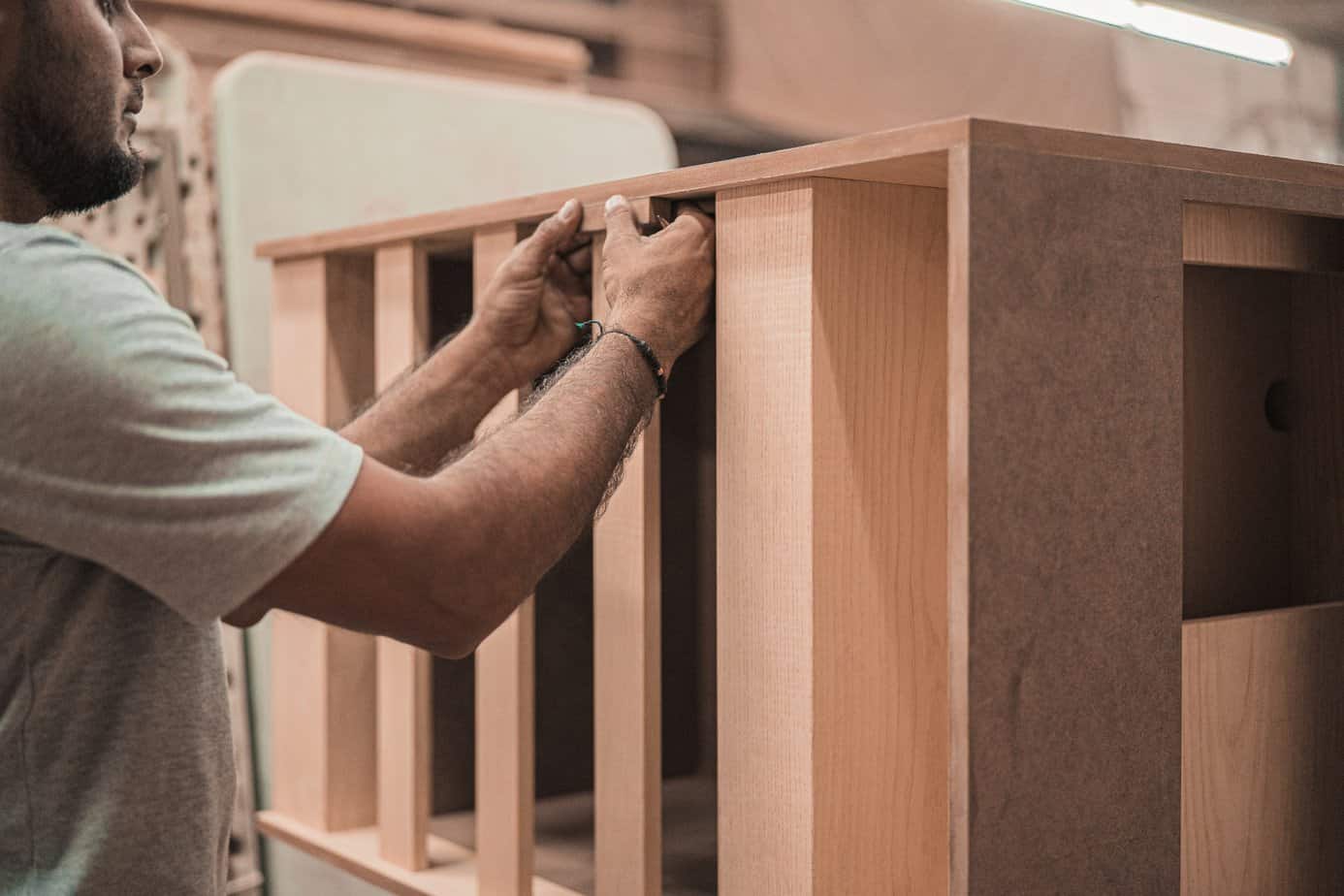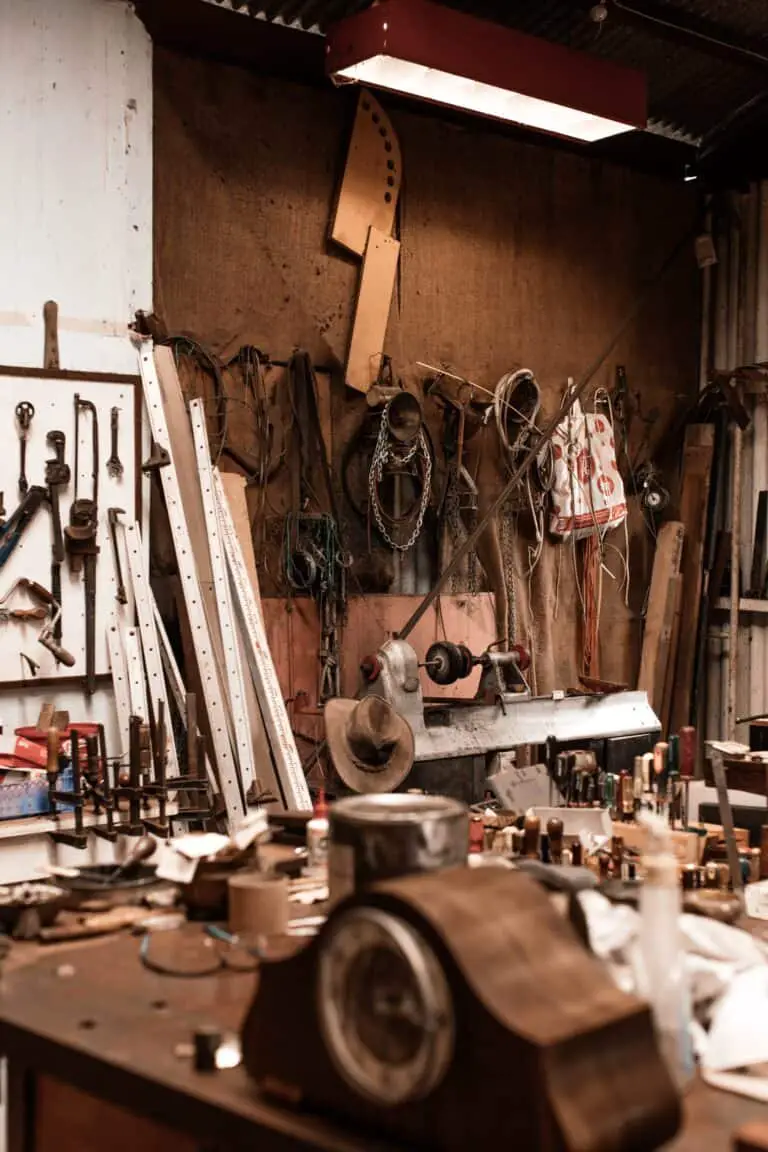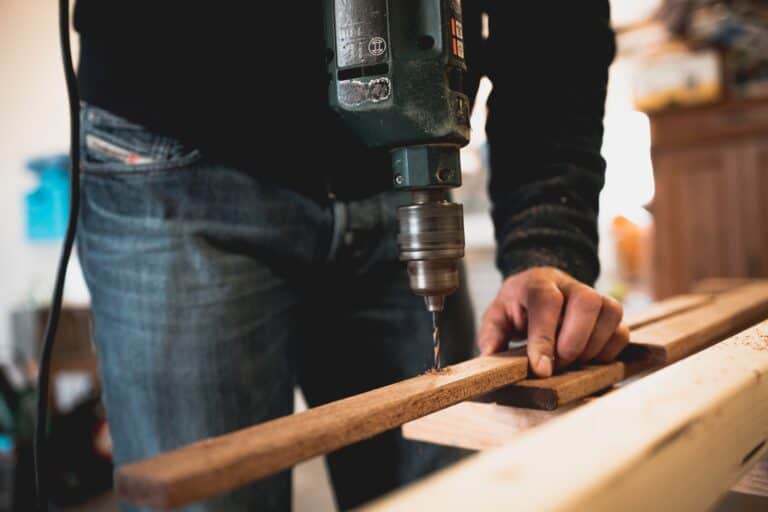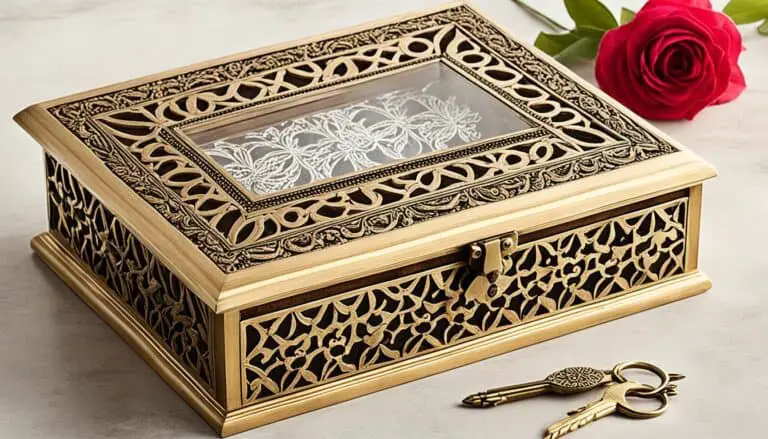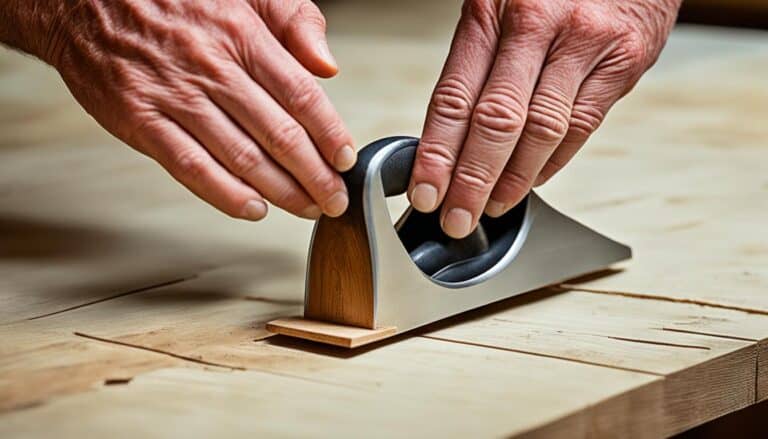Wood joints are, as the name suggests, joints that join two or more pieces of wood. Joints may be cut into a piece (tenons) or they may consist primarily of nails and glue. It is not necessary to have a workshop full of tools and equipment to make joints. The majority of these techniques do not require any specialist tools, and this makes them suitable for the hobbyist.
The simplest wood joint type is the butt joint, which is simply two pieces of wood put together at 90 degrees. There are three types of butt joints: edge-to-edge, edge-to-face, and face-to-face. The exact type of joint you need to make will depend upon the application for which it is being used, and the wood you are using. This is a very simple way to join two pieces together. It can be used to make boxes or even corner joints.
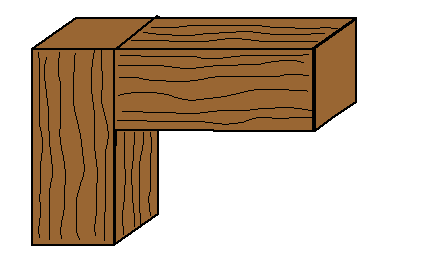
The butt joint is the simplest and easiest woodworking joint. Two pieces of wood are butted together so they overlap at their end grain. In other words, one piece ends where the other begins. A butt joint is weak because of this poor contact between the end grain of the pieces. However, it does not require any special tools, and as such is a good joint for beginners learning techniques for making joints.
What Is The Best Way To Cut A Butt Wood Joint
The best way to cut a butt joint depends on the type of project you’re working on. There are two main options: you can use a table saw or a circular saw for this task. A table saw has a large, circular blade that can make perfectly smooth cuts if the proper safety precautions are employed. A circular saw also works well for this purpose because it’s easy to adjust, you can see exactly where it will cut and it doesn’t kick back as other tools can.
How To Make A Butt Wood Joint
Generally speaking, a butt joint is made by cutting the end grain of two pieces of wood and gluing them back to back. It’s easy and strong and, for many purposes, it’s really the only option you need. However, because it involves no mechanical fastening (nails, screws, or glue), there is nothing to prevent the pieces from slipping relative to each other. For this reason, it is not a good choice in all situations where a joint must be stronger. There are many ways to create a butt joint below we have listed
Glue and Nails
When making a butt joint, cut the end of one piece of wood and position it against another with the angled edge facing away from the joined pieces. Apply glue along the grain edge and to the side of the piece you are wanting to glue against making a 90-degree corner.
Nail through the corner where they meet, alternating nails to make sure each nail is driven in as far as possible. Then spread wood glue on all the exposed end grain and add another row of nails, again alternating from the top to bottom.
Screws and Plugs
The method starts with drilling a hole through one workpiece so that there’s room for both your screw and plug. Use a drill with a drill bit that has a bit the size of the screw but also has a countersink for the plug.
Once you drill the holes with the countersink bit, then screw in the wood screws into the countersink hole. Lastly, use two plugs to insert into the counter sink holes and shave off using a hand saw.
Pocket Holes
The pocket holes are drilled at an angle in the edge of one workpiece so they exit in the middle of the piece. This is done to ensure that the screws have something to bite into in order to keep pieces together. Otherwise, they would simply pull out through the existing hole as soon as you tighten them. These joints are very strong and are used in situations where additional strength is required.
TIP: If you want to make pocket holes the easy way use a Kreg pocket hole jig.
Biscuit Joint
The biscuit joint uses a round piece of dried and compressed wood dust that looks like a donut and is also called a slot joint or an edge-to-edge joint, this high-strength connection has great lateral stability. It’s commonly used in woodworking for shelves, drawers, and small boxes. The biscuit is inserted into one opening, then another piece of wood is placed on top. A biscuit joiner is used to cut away some of the material in the edge of the wood creating a slot that exactly matches the biscuit’s dimensions. Insert the biscuit with glue and join the two pieces of wood creating the butt joint.
Gluing boards edge to edge is a quick and easy way of creating a thicker panel. You can use this method for making raised panels on the front of a cabinet or drawer box. It’s also used when you need two pieces that are parallel to one another, such as in the case of laminating two thinner pieces together to make a thicker one. Butt joints are used to join boards edge to edge for long lengths, such as when using several cabinets side by side. They can also be used in cases where the top and bottom pieces will be exposed, such as in a tabletop or countertop.
Frequently Asked Questions About Wood Butt Joints
How Do You Make A Simple Wood Joint?
A butt joint is a simple woodworking connection made by gluing and nailing two pieces of wood together. They are strong and easy to make, which makes them a popular choice in a wide range of scenarios. Boards that run from wall to wall in an unfinished basement, for instance, can be attached with butt joints for security and stability.
What Joints Are Commonly Used In Carpentry
The most basic woodworking joints are the butt joint, the mortise and tenon, the dowel, the dovetail, and the tongue-and-groove. They’re all simple to make using common woodworking tools, they provide great strength in dry conditions and they don’t take much time to complete. The different types of joints are used in many common woodworking projects. If you’re building cabinets, for example, it’s best to use the dowel or mortise and tenon joint for the side panels.
What Is The Strongest 90-Degree Wood Joint
The strongest 90-degree wood joint is a butt joint. It uses one board and connects at a right angle, creating a strong connection. The strongest 90-degree wood joint would utilize a combination of glue, screws, dowels, biscuits, or nails.


